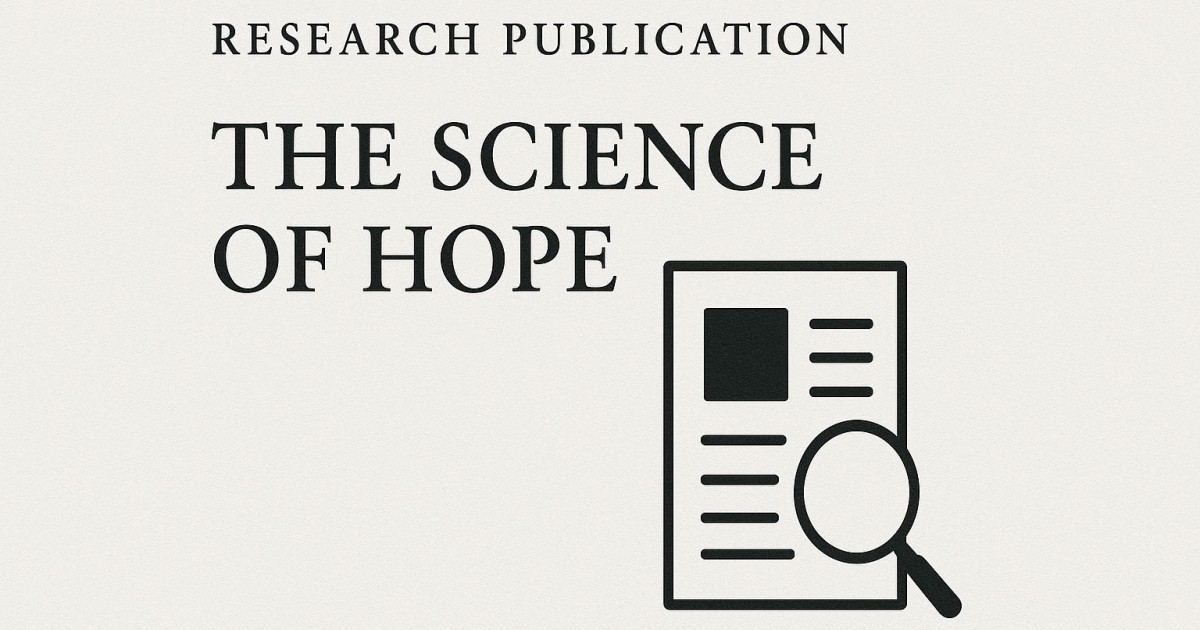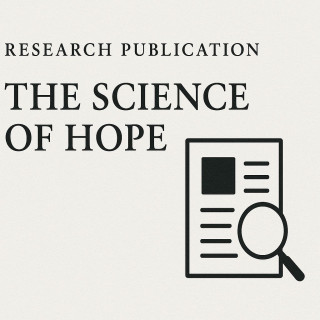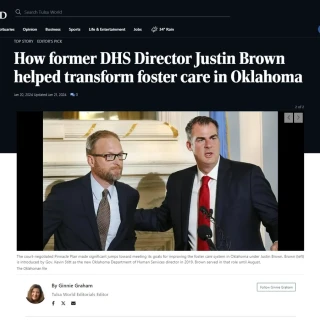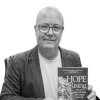Research Publication | Responding to Adverse Childhood Experiences: Hope as a Framework for Action

Responding to Adverse Childhood Experiences: Hope as a Framework for Action
In 1998, Dr. Vincent Felitti and Dr. Robert Anda released groundbreaking research that transformed how we understand the lifelong effects of childhood trauma. Their study of more than 17,000 adults revealed that Adverse Childhood Experiences (ACEs)—such as abuse, neglect, and household dysfunction—are not isolated events. They often co-occur, and their cumulative impact directly increases the likelihood of long-term health problems, risky behaviors, and even the leading causes of death in the U.S.
Two-thirds of participants in the original study reported at least one ACE, and more than one in five reported three or more. The findings were clear: adversity in childhood doesn’t stay in childhood. It echoes across a lifetime.
The Growing Awareness of ACEs
Since then, decades of research have confirmed these findings and broadened public awareness. ACEs are now recognized as one of the greatest unaddressed public health challenges of our time. As former president of the American Academy of Pediatrics Bob Block once stated, “Adverse childhood experiences are the single greatest unaddressed public health threat facing our nation today.”
Today, ACE screenings are included in national surveys, and documentaries such as Resilience: The Biology of Stress & the Science of Hope have introduced the issue to mainstream audiences. Policymakers, educators, health professionals, and community leaders increasingly acknowledge the scope of the problem.
But recognition brings us to a critical question: What can we do to help survivors?
The Missing Piece: Beyond Awareness
While awareness has grown, effective interventions remain less defined. Researchers caution against using the ACE score as a diagnostic or clinical tool without clear, evidence-based responses in place. Too often, the field stops at identification without moving toward healing.
What’s needed is not just awareness of trauma but a guiding framework that helps practitioners, policymakers, and communities translate ACE science into practical, hopeful action.
This is where Hope Theory offers a vital path forward.
Hope Theory: A Roadmap for Healing
Developed by psychologist C.R. Snyder, Hope Theory reframes hope as more than a vague feeling. It is a cognitive framework for goal-directed thinking built on three components:
Goals: Clear, meaningful endpoints that motivate behavior.
Pathways: The perceived routes, strategies, or “waypower” to reach those goals.
Agency: The belief in one’s ability to take action and sustain motivation—the “willpower.”
In this model, hope is not wishful thinking. It is measurable, actionable, and teachable. High-hope individuals can generate multiple pathways to their goals and sustain agency even in the face of barriers. Low-hope individuals, by contrast, become stuck, unable to generate alternatives or maintain the motivation to keep moving.
Why Hope Matters for ACE Survivors
For those who have endured childhood adversity, hope is not optional—it’s essential. Trauma can drain the mental energy needed to imagine and pursue future goals. Survivors often struggle with rumination (replaying traumatic experiences in their minds) or insecure attachments that undermine trust in others. These patterns directly erode hope.
Research demonstrates that hope can act as a buffer in the face of adversity:
Among survivors of domestic violence, higher hope is tied to empowerment and life satisfaction.
Among homeless individuals, hope correlates with reduced physical pain and greater well-being.
Among foster youth, hope is linked with self-control, grit, and curiosity.
Hope doesn’t erase trauma, but it provides the psychological resources needed to navigate its aftermath.
Hope as a Mechanism for Intervention
Hope Theory explains why trauma so often blocks goal-directed living. Intrusive memories become “attention robbers,” consuming the cognitive space needed to focus on the future. As Snyder observed, “Persons with PTSD no longer think with willpower and waypower for their goals. Instead, their minds are often frozen by the traumatic event.”
By helping survivors rebuild pathways thinking and agency, interventions grounded in hope can disrupt this cycle. Early evidence shows that fostering hope may predict psychological flourishing more strongly than even resilience.
From Theory to Practice: Hope-Centered Interventions
Hope Theory is not just conceptual—it has already informed interventions that can be adapted for ACE survivors. Hope-based therapies help people identify meaningful goals, develop multiple strategies, and sustain agency to move forward.
These interventions can be integrated across systems:
Clinicians can incorporate hope measures into trauma-informed therapy.
Schools can use hope-building practices to support students facing adversity.
Agencies and policymakers can adopt hope-centered frameworks to guide coordinated responses to ACEs.
Because hope is measurable, practitioners can track outcomes, evaluate progress, and refine approaches. The simplicity of the model makes it accessible across disciplines and communities.
Looking Ahead
The call to action is clear: if ACEs are one of the most significant public health threats of our time, then hope must be part of the solution.
Future research should explore how hope intersects with attachment, rumination, and coping to inform interventions that are both trauma-informed and hope-centered. Communities should develop programs that not only identify ACEs but actively build hope in survivors.
Hope gives us a common language, a practical framework, and a scientifically grounded pathway forward. As Dr. Vincent Felitti himself noted, “The potential benefit of implementing the science of hope throughout society is enormous if we truly want to meet the needs of the currently unrecognized multitudes of trauma-exposed adults and children.”
Conclusion
Adverse Childhood Experiences cast a long shadow, but hope provides a lighted path through it. By framing interventions in the science of hope, we can help survivors reclaim agency, chart new pathways, and pursue goals that lead not just to recovery—but to thriving.


